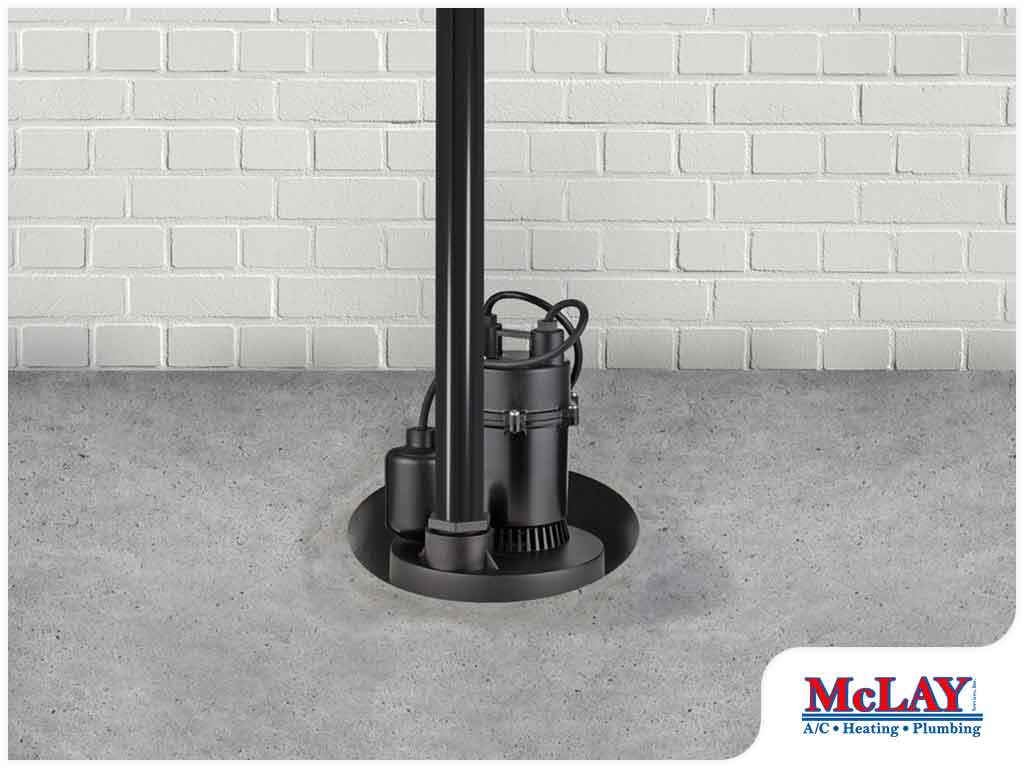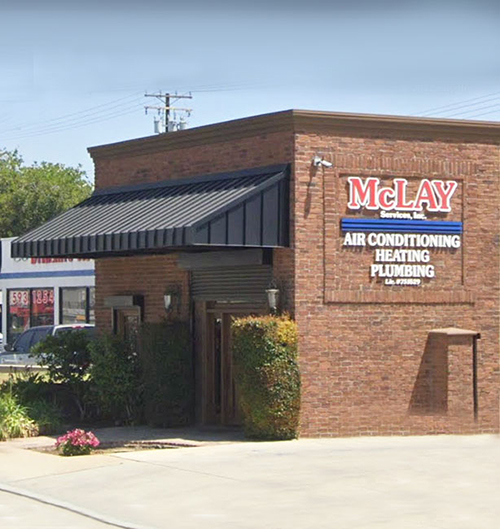A sewer backup is one of the biggest issues that can come up with a residential plumbing system. As a homeowner, taking preventive measures and knowing what to do in the event that this happens can save you a lot of money and inconvenience. Here local plumbing and tankless water heater freeze protection provider McLay Services, Inc., shares a quick guide on how to prevent a sewer backup.
Causes of Sewer Backup
A typical residential plumbing system has an incoming water line along with outgoing sewer lines. The latter moves wastewater from the bathroom, kitchen and other areas of the house where drainage is installed. If outgoing sewer lines are blocked or breached, the wastewater can back up and contaminate the incoming water line, which can pose health risks to the house’s occupants. Preventing a breach or blockage is key to avoiding a sewer backup, which we’ll look into in detail below.
Signs of a Sewer Backup
Before we continue, we must emphasize that homeowners are expected to call professional plumbers in the event of a sewer backup or similar problem. A plumbing repair may sound like a simple thing, but in our experience DIY repairs usually end up being short-term fixes that will eventually require the attention of plumbing professionals.
Having said that, recognizing the signs of a backed-up sewer drain and calling for repairs in time can help minimize the problems associated with backed-up sewer drains. The following are some of the signs you should keep an eye out for:
- More than one drain in different areas of the house start draining slowly. This means the problem isn’t isolated to just one part of the house, but rather at the water main.
- Waste from one pipe backs up into another. This can happen after a toilet is flushed or a washing machine is drained. It may not necessarily back up into the incoming water line, but you should nevertheless avoid drinking tap water until the plumbing problem is fixed.
How to Prevent Sewer Backups
Given the problems associated with backed up sewers, the preferred approach is to take precautions. While there are some factors which can cause sewer backups that are out of your control—floodwater and clogged sewer mains among them—there are others that you can exercise a certain amount of control over. Problems due to neglect can be prevented by sticking to a regular maintenance and inspection routine. Pipe damage caused by tree roots can be prevented by installing root barriers. Best practices such as avoiding dumping fat or grease down the kitchen drain and not flushing anything other than toilet paper down the toilet can go a long way in preventing a sewer backup.
Call McLay for HVAC and Plumbing Services
Have you been searching online for outdoor tankless water heater freeze protection or plumbing services? Call McLay at (909) 392-2202 or fill out our contact form. We serve customers in San Bernardino and nearby areas.



